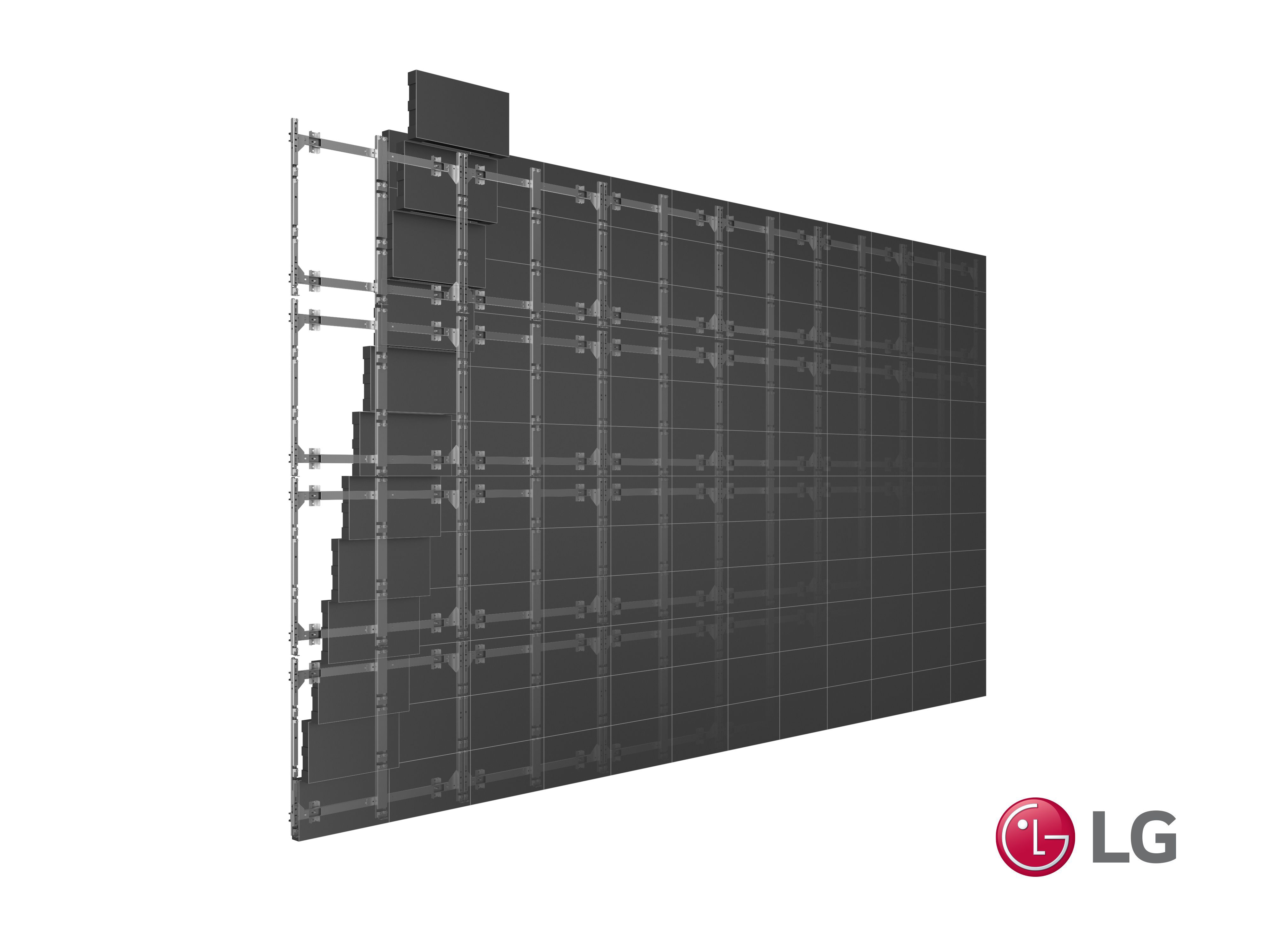Effective Strategies for Overcoming Temperature Challenges in Light Emitting Diode Wall Screens
Wiki Article
LED wall screens are increasingly popular for multiple uses, including advertising, functions, and electronic screens. However, overheating is a significant issue that can affect their functionality and longevity. When LED panels become too hot, they may decrease in brightness, color distort, or even fail completely. Grasping the reasons and implementing efficient methods to manage heat can help maintain the optimal operation of LED wall screens. This article will discuss several approaches to tackle excess heat issues related with these units.
One powerful strategy for stopping excess heat in LED panel screens is guaranteeing adequate ventilation. It is crucial to place these screens in environments where air circulation is adequate. This can be accomplished by placing the panels in a well-ventilated area or utilizing blowers to improve ventilation around the devices. Additionally, if the screens are mounted in a confined space, establishing gaps or using vents can help release heat more efficiently. Maintaining a cooler surrounding heat level is crucial, as it directly affects the function and durability of LED panel panels.
Another way to address excess heat is through the application of thermal management materials. These substances can help take in, disperse, or deflect heat away from the LED elements. Thermal sinks are commonly used in many digital units, including LED panels. These metal components pull heat away from the LED diodes, permitting them to operate at a safer temperature. Additionally, heat-conducting compound or films can be utilized to improve heat transfer between the LED chips and the heat sinks, further boosting their cooling effectiveness.

Regular maintenance and monitoring of LED panel screens also play a vital part in preventing overheating. Dirt and grime can build up on the surfaces of these panels, blocking investigate this site airflow and trapping heat. Regular cleaning, using suitable tools, will keep the panels free from obstructions. Furthermore, tracking the temperature of the panels can help identify overheating problems before they become critical. Using temperature sensors can provide valuable data, enabling users to take corrective steps if the panels start to go over safe operating temperatures.
The use of advanced techniques can also help tackle excess heat issues in LED panel screens. Many contemporary LED screens come equipped with built-in thermal control systems. These systems can automatically modify the brightness of the display based on the heat level, reducing heat generation when necessary. Additionally, program solutions can monitor the functionality of the screens and provide notifications if overheating is detected. Incorporating these technologies can considerably improve the durability and reliability of LED wall panels.
In summary, managing overheating in LED wall screens is crucial for ensuring their performance and durability. Applying methods such as ensuring adequate airflow, utilizing thermal management materials, conducting regular maintenance, and utilizing cutting-edge technology can help mitigate overheating issues. By implementing these preventive measures, users can benefit from the full advantages of LED wall screens while minimizing the threat of heat-related issues. This approach not only enhances the functionality of the panels but also contributes to a more eco-friendly and efficient use of devices in multiple applications.